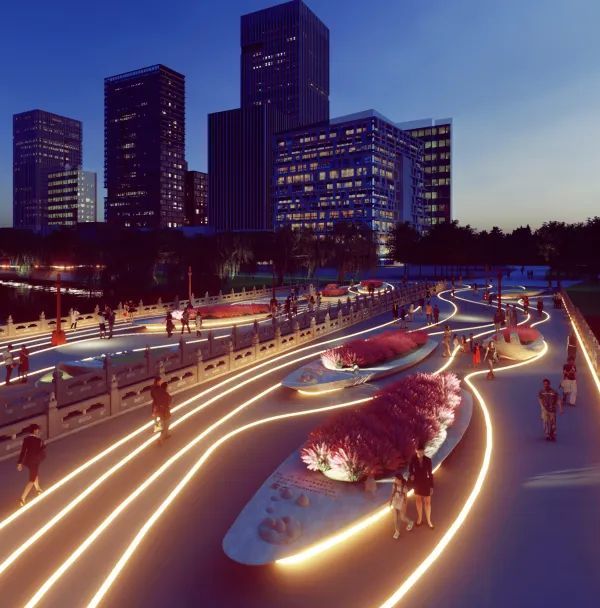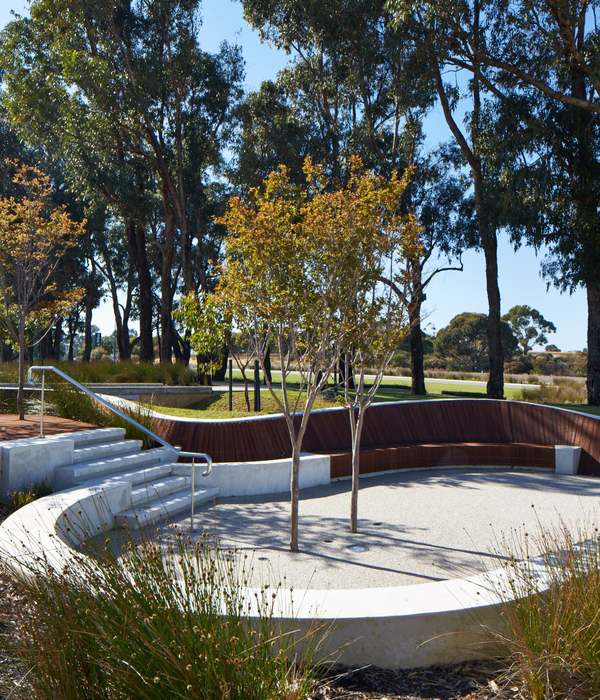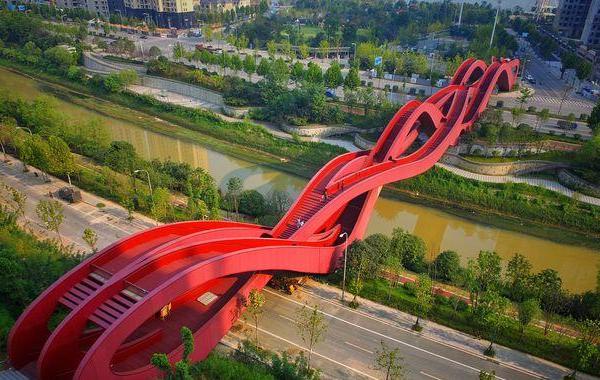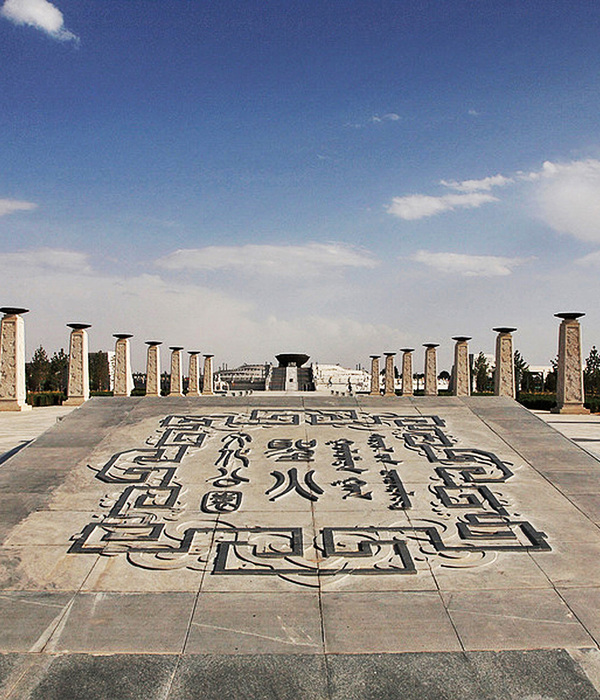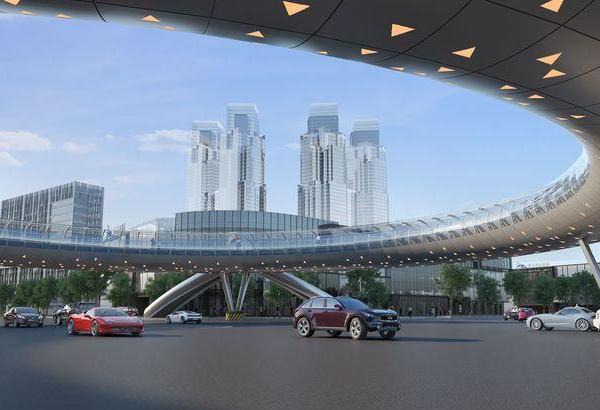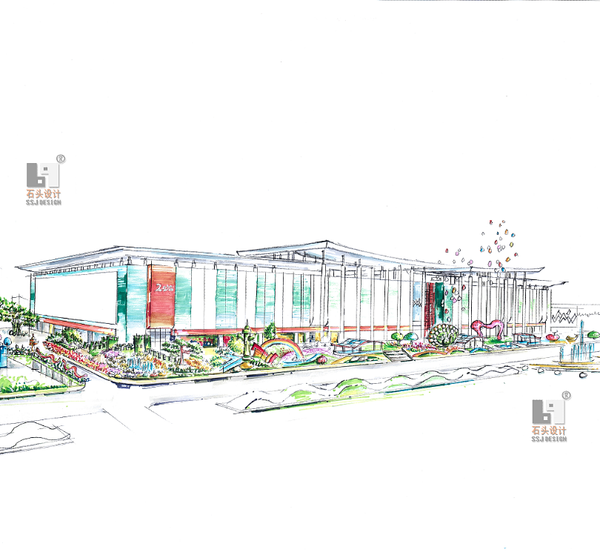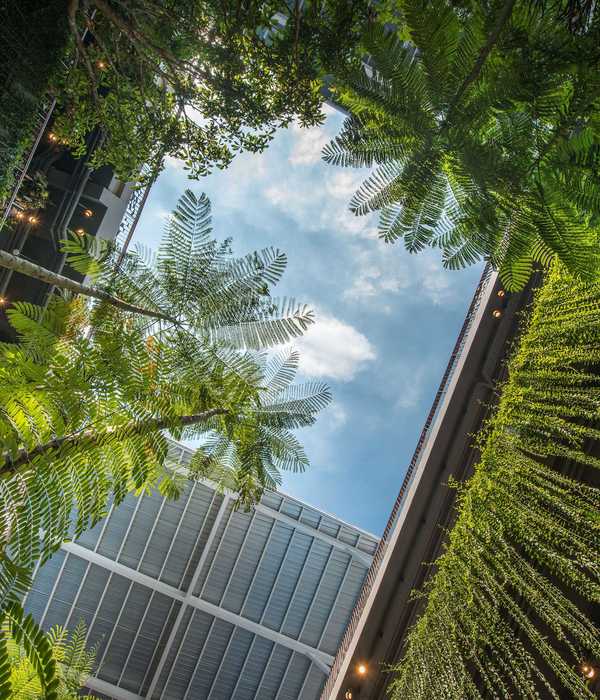Firm: OKRA landscape architects
Type: Landscape + Planning › Public Park Playground Urban Green Space
STATUS: Built
YEAR: 2016
SIZE: 300,000 sqft - 500,000 sqft
BUDGET: $1M - 5M
A former railway track, reinterpreted as a green connector for pedestrians and cyclists between the city centre and the green estates of Rhijnauwen and Amelisweerd: Oosterspoorbaan park is a surprising enrichment for the local residents in Utrecht. Once a monolithic barrier that separated different neighbourhoods, the Oosterspoorbaan has now opened to residents, with various attractive places to stay and facilities along its entire length.
Preserving train history
Oosterspoorbaan has been an active rail track for more than a century. Cutting through the east of Utrecht, it stood as a legacy from a time when railway companies competed with their own tracks and stations. When the railway was decommissioned, an opportunity arose to reimagine the connecting route, this time with a focus on unlocking different places and benefiting the surrounding residents. With the trains now gone after more than a century, the Oosterspoorbaan has been embraced by cyclists and pedestrians, transforming into a unique city park that connects the historical city centre of Utrecht to the green estates and the Kromme Rijn river, forming the green belt around Utrecht.
A project based on co-creation
Due to the length of the route, Oosterspoorbaan bordered on several different districts, each with its own character. For example, some neighbourhoods may have embraced its presence as a framework for their community, while others saw it as an unpleasant barrier. That is why we started an extensive process of co-creation to investigate, together with residents, what the park should look like and how the entrances and connections should take shape.
Through close collaboration with residents, it was decided to only incorporate elements of the train’s history into the former embankment, while giving the surrounding area a more natural appearance. Additionally, the community supported the concept of a cycling route that runs partly on and next to the railway embankment, resulting in a diverse and engaging pathway for the new kilometre-long city park.
A unique ecosystem
The rail network has its own ecosystem. Thanks to the trains, a great diversity of plants has spread over time, showing a rich and diverse palette of vegetation along the railway embankments which was important to maintain. For that reason, the flanks of the park have retained a natural character, while the traces left behind by the original layout of the rails has a more landscaped and designed appearance. Additionally, throughout the length of the park, the visitors experience a very diverse surrounding landscape, with a clear urban connection on one side and a more rural environment on the other.
Design characteristics
The profile has been maintained in such a way that the site’s history remains clearly visible. By continuing recognisable elements from the end of the track to the other, that effect has been further enhanced. Reused rails in the pavement give structure to the walking route. The rail portals have been reused as street light suspension points.
Throughout the park, the planting is kept relatively low, ensuring that the height difference is still experienced by the visitors. A variety of flowers are concentrated along the pedestrian path. The seating elements are made from historic railroad sleepers, further linking the park to its heritage.
On the south side, Oosterspoorbaan Park connects to a historical cemetery established in the early 1900s. To maintain the present atmosphere, the bike lane is rerouted here, leaving the last part of the route only for pedestrians.
Park as a catalyst for new functions
A range of local initiatives in areas adjacent to the park have appeared since completion. We were further involved as quality advisors for developments of several sporting and play areas, as well as a food market where residents of the area sell homemade produce.
The residents also took the initiative to add a small city reserve for birds, insects and other small animals, called “Het Vogelbosje” (The Bird Forest).
{{item.text_origin}}

